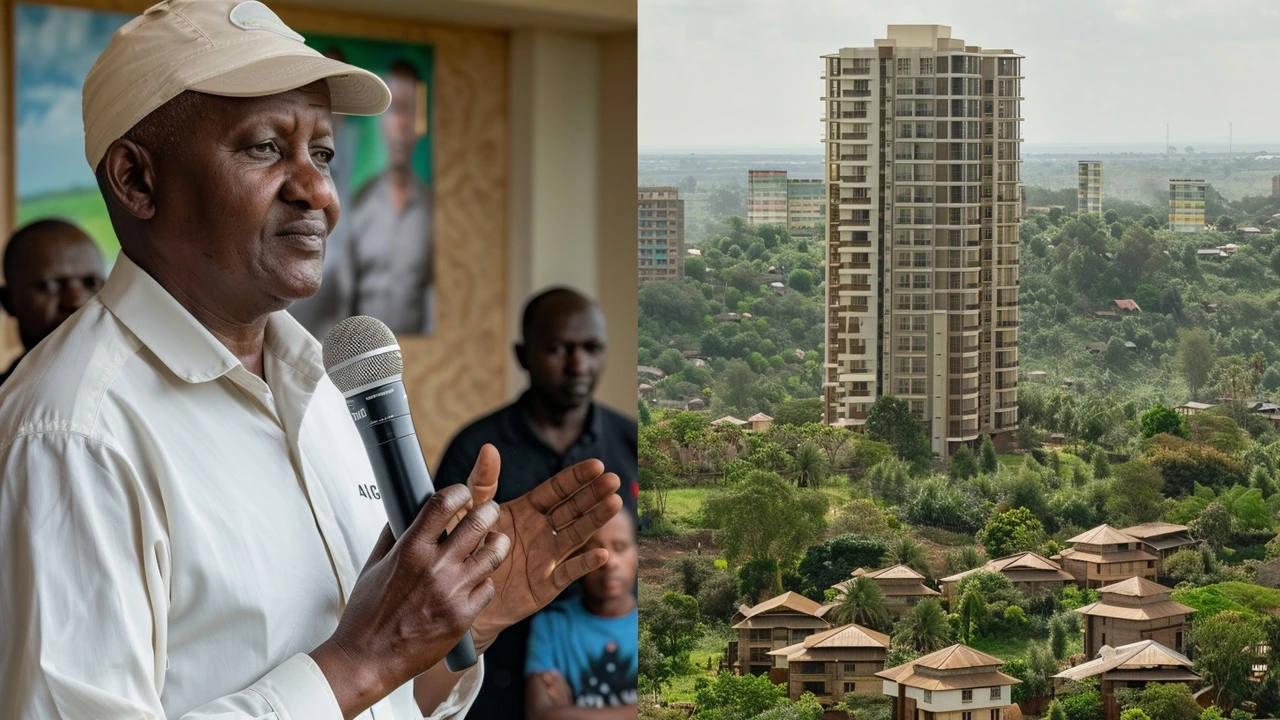Riparian lands might sound technical, but they’re basically the green belts that run along the edge of rivers, streams, and wetlands. These patches may look like any ordinary bit of bush or grass, but they’re where water and land truly meet. In Africa, they often stand between thriving wildlife and disaster—they can make or break entire ecosystems.
These zones don’t just soak up rain and stop erosion. They’re natural filters, keeping runoff from farms, roads, and towns away from precious water sources. If you’ve ever wondered why some rivers run clear while others look like mud soup, healthy riparian lands are usually the difference. Plants and roots trap dirt and even mop up excess fertilizers or pesticides before they hit the river.
For African game farms, riparian lands aren’t just pretty scenery. They’re prime real estate for animals. Hippos, antelope, elephants, and birds flock to these strips for food, water, and shade—especially during the blazing dry season. When these buffer zones thrive, the surrounding land benefits too. That’s a big deal if you’re into conservation or eco-tourism, because healthy wildlife means better safaris and more sustainable farms.
There’s another twist. Riparian zones act like speed bumps for floods. When heavy rain hits, they help slow water down, soak it up, and stop farmland from washing away downstream. That makes a big difference for rural communities that rely on the land for both farming and tourism income.
But things aren’t always rosy. Overgrazing, careless land clearing, pollution, and poor farming practices can wreck these vital boundaries fast. Once the dense roots and plants vanish, erosion ramps up, rivers widen, and wetlands shrink. That’s bad news for everyone—from local farmers to the big wildlife reserves worried about disappearing habitats.
Fixing and protecting riparian lands isn’t rocket science, but it does take some teamwork. Simple steps—like planting native trees, fencing off cattle from river edges, or letting damaged zones recover—can make a huge difference in a matter of seasons. On some African game farms, locals now work side-by-side with conservation groups to monitor riverbanks, patch up trouble spots, and keep invasive weeds or alien trees in check. These grassroots efforts often have a ripple effect (no pun intended), turning neglected stretches into green lifelines for communities and wildlife alike.
So when you hear talk of riparian zones, you’re not just hearing some environmental buzzword. You’re talking about the base layer that keeps rivers flowing clean, wildlife healthy, and farms productive across Africa. Missing that link could mean losing a lot more than just some muddy patch between the bank and the bush.

Martha Karua, leader of NARC Kenya, has demanded that President Ruto provide free, quality housing to Kenyans displaced by both floods and forced demolitions on riparian lands. Citing the government’s inadequate financial aid, she argues for a more sustainable resettlement solution.
Read More >>